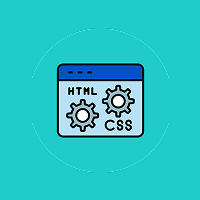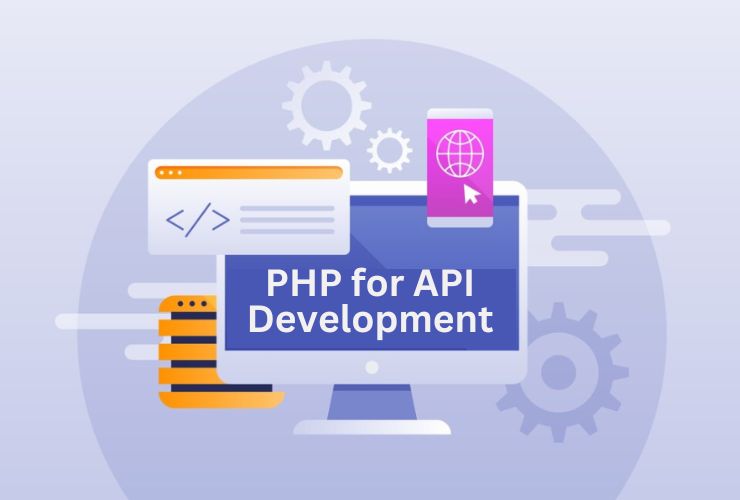The Software Development Life Cycle (SDLC) is not simply a process, it is a framework that guides successful software projects. It provides a systematic and repeatable approach that builds software consistently, precisely, with quality, and that meets user and business requirements. For any project, from small apps to enterprise scale systems, truly understanding and working from SDLC principles will be the difference between a successful software release and an expensive failure.
1. What Is the Software Development Life Cycle?
The SDLC describes a framework that creates a structured approach that helps to break down the software development process into discrete, manageable phases – from initial idea to ongoing maintenance. Each phase has a set of deliverables, checkpoints each phase aims to meet, and goals for the project altogether, which allows teams to address complexities in software development, quality control, and project milestones.
When teams follow SDLC principles, developers, testers, project managers, and stakeholders maintain a consistent workflow. This framework reduces ambiguity, promotes accountability, and helps teams build reliable software for real-world use.
2. Major Stages of the SDLC
a. Requirement Analysis
This is the starting point of the entire lifecycle. The project team collects business and technical requirements through meetings, surveys, and talking with stakeholders. The requirements are taken through the feasibility process, then accurately documented to facilitate the design and development phases.
Having a solid requirement phase mitigates miscommunication and expensive rework later.
b. Planning
Once the requirements are finalized, the teams will move to the detailed planning phase. The planning will identify the scope of the project, the length of time it should take to complete, and milestones for team members, available resources, and budget.
Additionally, within this phase the teams will identify risks that present challenges, plan for them, and decide how to scale back if those risks threaten completion of the project.
Effective planning ensures everyone on the team has a similar understanding of their role, and what is expected of them, at the beginning of the project.
c. Design
Architects and designers in this phase of the project will design the blueprints of the systems that will be created. This includes software architecture, data models, user interface, and technology stack.
A good design will inform degradation of the product. Good detail will help with scalability, usability, responsiveness, and maintainability of the final product that will be produced
d. Development
This is where the actual development will begin. Developers and others will take the design specifications and translate them to functional code while adhering to the standards and best practices that have been established for the project.
Version control systems (e.g., Git), continuous integration systems, and code review processes will often be used to ensure that development is done within project processes. This will most likely include unit testing of discrete components before integration into the remaining application.
e. Testing
When the code is completed, the software goes through multiple levels of testing to find and fix defects. This includes unit testing, integration testing, system testing, performance testing, and user acceptance testing (UAT). A robust testing process is critical to ensure that the product meets the requirements, will perform as expected, and delivers a seamless experience for the user.
f. Deployment
Once the testing is completed successfully, the application is deployed to the production environment. Depending on the size of the project, this can be a phased deployment (incremental rollout) or a total or full-blown launch. In addition to that, this phase also includes all the aspects of setting up and configuring the environment, and ensuring that there is a smooth go-live process.
g. Maintenance
The software development process does not stop with deployment, it is just the beginning of the maintenance phase, which is ongoing, and includes fixing bugs, security patches, updates, and enhancing features based on user feedback or schedules. A good maintenance approach ensures your software is secure, relevant, and optimized for performance as time goes on.
3. Popular SDLC Models:
Every project is different, and therefore, each one applies different methodologies. The common SDLC models are:
- Waterfall Model – this is a straightforward linear model; where work is done sequentially, and normally appropriate for projects with static requirements.
- Agile Model – which promotes flexibility, collaboration, and iterative improvements. A good framework for volatile and fast-moving projects.
- Spiral Model – is a collection of the design methodology and prototyping – that emphasizes risk management and iterative refinement.
- V-Model (Verification & Validation) – closely aligns testing and development.
4. Reasons to Follow the SDLC
If you want to ensure structure and discipline in your development process, the SDLC framework is a solid model. The benefits are:
- Outcomes are predictable – Measurable objectives and definitive deliverables can be articulated or delineated for each phase of the project.
- Better collaboration – The SDLC easily opens better forms of communication across teams.
- Risk reduction – Issues that arise can be detected early, limiting the cost of fixing them later.
- Improved quality of software – Continuous validation of the product facilitates the meeting of user needs.
- Scalability – Structured development, as set forth in the SDLC, allows for future scales more easily.
Using the SDLC creates a way for your organization to deploy solutions that meet customer expectations, within budget, and respond to the changing market.
5. Common Disruptions and Solutions
Even with the SDLC methodology, disruptions—like changing requirements into the project, adding features, or simply less time—will surface. Overcoming these disturbances takes:
- Clarity among all stakeholders involved in the project
- Temporary feedback opportunities throughout the process
- Adequate documentation on everything that is happening
- Incorporation of agile to pivot the plan and quicker iterations of steps
- Continual testing and monitoring of processes that allow for early detection of issues.
Successful teams can treat the SDLC as a living process that allows for change space, remains iterative, and strives for truly continuous improvement.
Conclusion
Having a commitment to Software Development Life Cycle will change how teams plan, build, and maintain software. When teams plan carefully and maintain quality from ideation to maintenance, they minimize risks.
By applying SDLC principles within modern approaches like Agile and DevOps, organizations develop software quickly, efficiently, and consistently while meeting user needs.
All in all, impeccable use of SDLC is not about the process as much as it is about developing better software at a rate that exceeds expectations, and returning confidence in the work.









